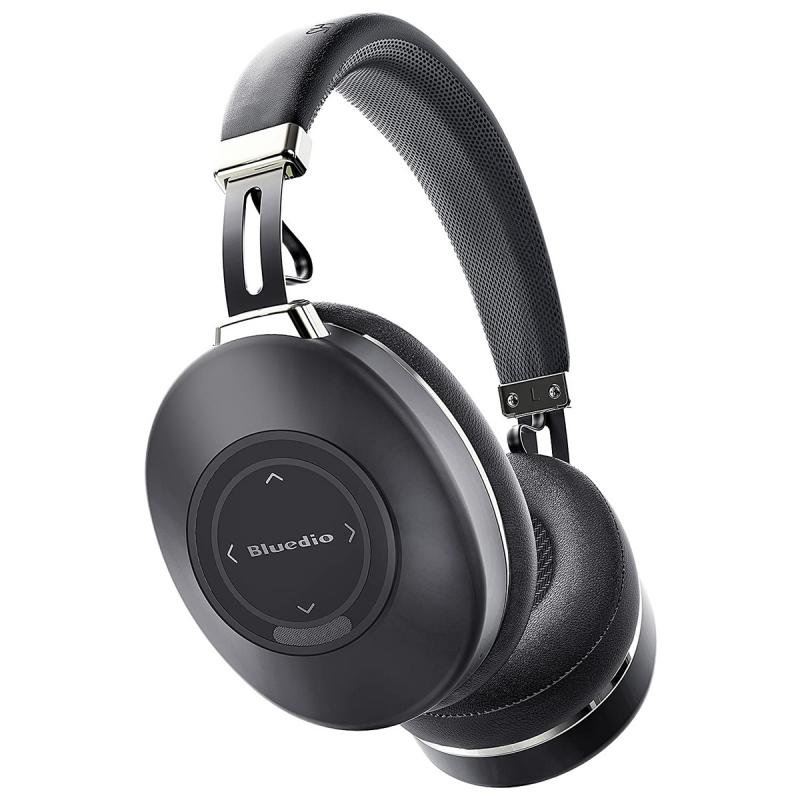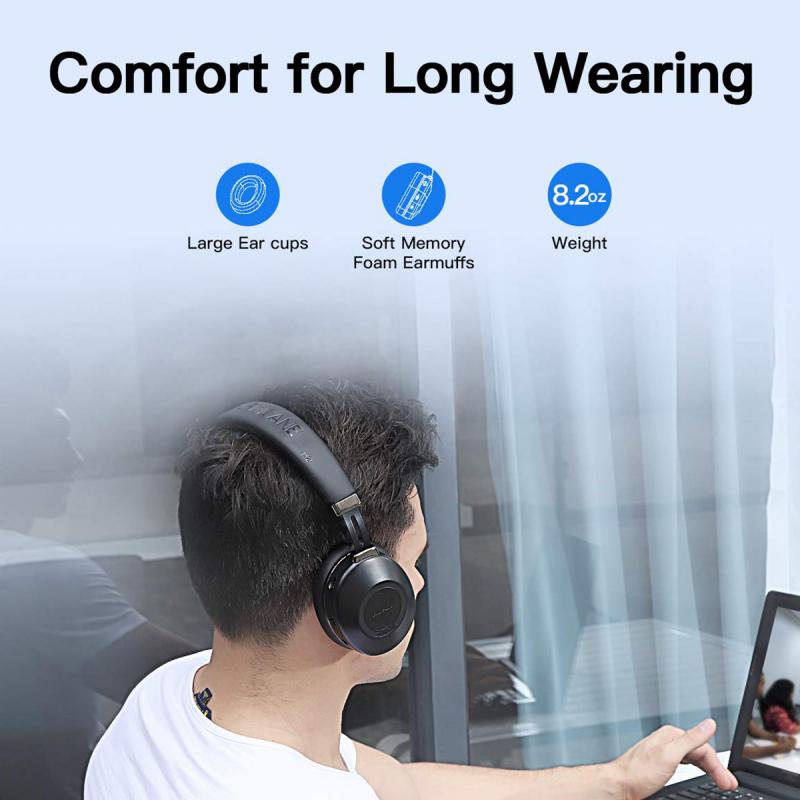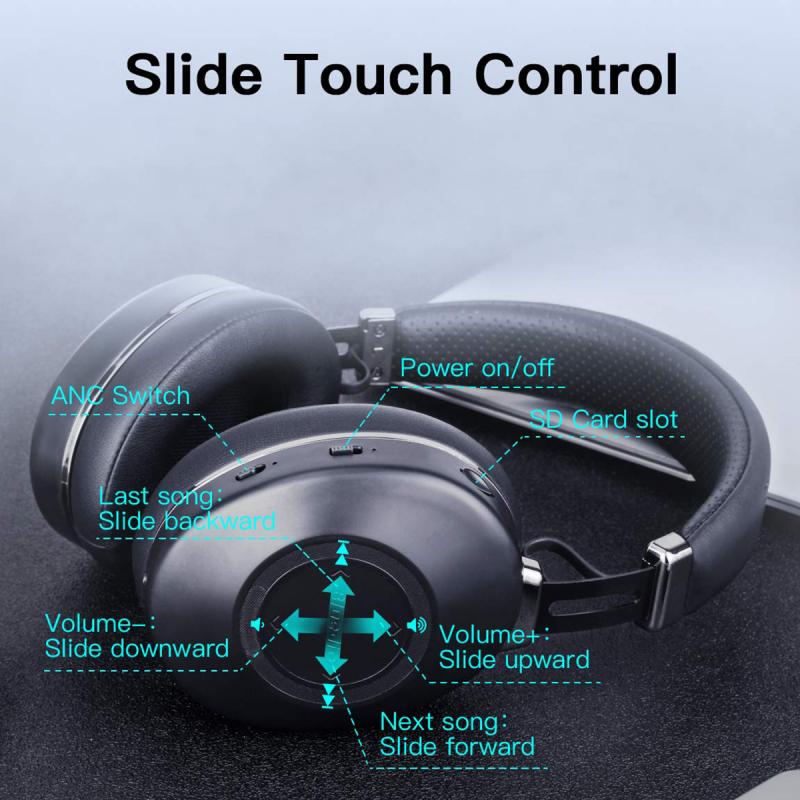How Do Noise Cancelling Earphones Work?
Noise-canceling earphones have become an essential gadget for many people, especially those who frequently travel or work in noisy environments. These devices offer a sanctuary of silence, allowing users to enjoy their music, podcasts, or simply some peace and quiet. But how exactly do noise-canceling earphones work? In this article, we will delve into the technology behind these earphones, explore the different types of noise cancellation, and discuss their practical applications and benefits.
The Basics of Noise Cancellation
Noise-canceling earphones use a combination of passive and active noise cancellation techniques to reduce unwanted ambient sounds.
Passive Noise Cancellation

Passive noise cancellation is the simpler of the two methods. It involves the physical design of the earphones, which helps to block out external noise. This is achieved through materials and structures that create a seal around or inside the ear, such as foam or silicone ear tips. While passive noise cancellation can be quite effective at reducing high-frequency sounds, it is less effective at blocking low-frequency noises like the hum of an airplane engine or the rumble of a train.
Active Noise Cancellation (ANC)

Active noise cancellation is a more advanced technology that uses electronic circuitry to reduce unwanted sounds. Here's how it works:
1. Microphones: Noise-canceling earphones are equipped with microphones that pick up ambient sounds from the environment.
2. Sound Waves: The earphones then generate sound waves that are the exact opposite (or "anti-phase") of the incoming noise. These anti-noise sound waves are created by an onboard processor.
3. Destructive Interference: When the anti-noise sound waves meet the incoming noise waves, they cancel each other out through a process called destructive interference. This effectively reduces the overall noise level that reaches the user's ears.
Types of Active Noise Cancellation

There are two main types of active noise cancellation: feedforward and feedback.
Feedforward ANC
In feedforward ANC, the microphone is placed on the outside of the earphone. It picks up external sounds before they reach the ear and sends this information to the processor, which then generates the anti-noise signal. Feedforward ANC is generally more effective at canceling higher-frequency noises but can be less effective in real-time adjustments to sudden changes in noise levels.
Feedback ANC
In feedback ANC, the microphone is located inside the earphone, near the speaker. It picks up the sound that has already passed through the earphone and reached the ear. The processor then generates the anti-noise signal based on this information. Feedback ANC is better at canceling lower-frequency noises and can adapt more quickly to changes in the noise environment.
Hybrid ANC
Some advanced noise-canceling earphones use a combination of both feedforward and feedback ANC, known as hybrid ANC. This approach aims to provide the best of both worlds, offering effective noise cancellation across a broader range of frequencies.
Practical Applications and Benefits
Noise-canceling earphones have a wide range of practical applications and benefits, making them a popular choice for various users.
Travel
One of the most common uses for noise-canceling earphones is during travel. Whether you're on an airplane, train, or bus, these earphones can significantly reduce the background noise, making your journey more comfortable. They can help you sleep better, focus on your work, or simply enjoy your entertainment without being disturbed by the surrounding noise.
Work and Study
In noisy office environments or shared workspaces, noise-canceling earphones can help you concentrate better by blocking out distractions. They are also beneficial for students who need a quiet environment to study or attend online classes.
Health and Well-being
Exposure to constant noise can lead to stress and fatigue. Noise-canceling earphones can provide a much-needed break from the noise, helping to reduce stress levels and improve overall well-being. They are also useful for people with sensory sensitivities who may find certain noises overwhelming.
Improved Audio Quality
By reducing background noise, noise-canceling earphones can enhance the audio quality of your music or calls. You can listen at lower volumes without losing clarity, which is better for your hearing health in the long run.
Limitations and Considerations
While noise-canceling earphones offer many benefits, there are some limitations and considerations to keep in mind.
Battery Life
Active noise cancellation requires power, which means that noise-canceling earphones rely on batteries. Depending on the model, the battery life can vary, and you may need to recharge them frequently, especially if you use the ANC feature continuously.
Cost
Noise-canceling earphones tend to be more expensive than regular earphones due to the advanced technology involved. However, the investment can be worthwhile if you frequently find yourself in noisy environments.
Sound Quality
While many high-end noise-canceling earphones offer excellent sound quality, some models may compromise audio performance for noise cancellation. It's essential to choose a pair that balances both aspects to meet your needs.
Pressure Sensation
Some users may experience a sensation of pressure in their ears when using noise-canceling earphones. This is due to the way ANC works and can be uncomfortable for some people. It's a good idea to try different models to find one that feels comfortable for you.
Choosing the Right Noise-Canceling Earphones
When selecting noise-canceling earphones, consider the following factors:
1. Type of ANC: Decide whether you need feedforward, feedback, or hybrid ANC based on your typical noise environment.
2. Battery Life: Look for earphones with a battery life that suits your usage patterns.
3. Comfort: Ensure that the earphones fit well and are comfortable to wear for extended periods.
4. Sound Quality: Choose earphones that offer a good balance between noise cancellation and audio performance.
5. Budget: Determine your budget and find a pair that offers the best value for your money.
Noise-canceling earphones are a remarkable piece of technology that can significantly enhance your listening experience and improve your quality of life. By understanding how they work and considering the various factors involved, you can make an informed decision and choose the right pair for your needs. Whether you're a frequent traveler, a busy professional, or someone who simply values peace and quiet, noise-canceling earphones can be a valuable addition to your daily routine.
